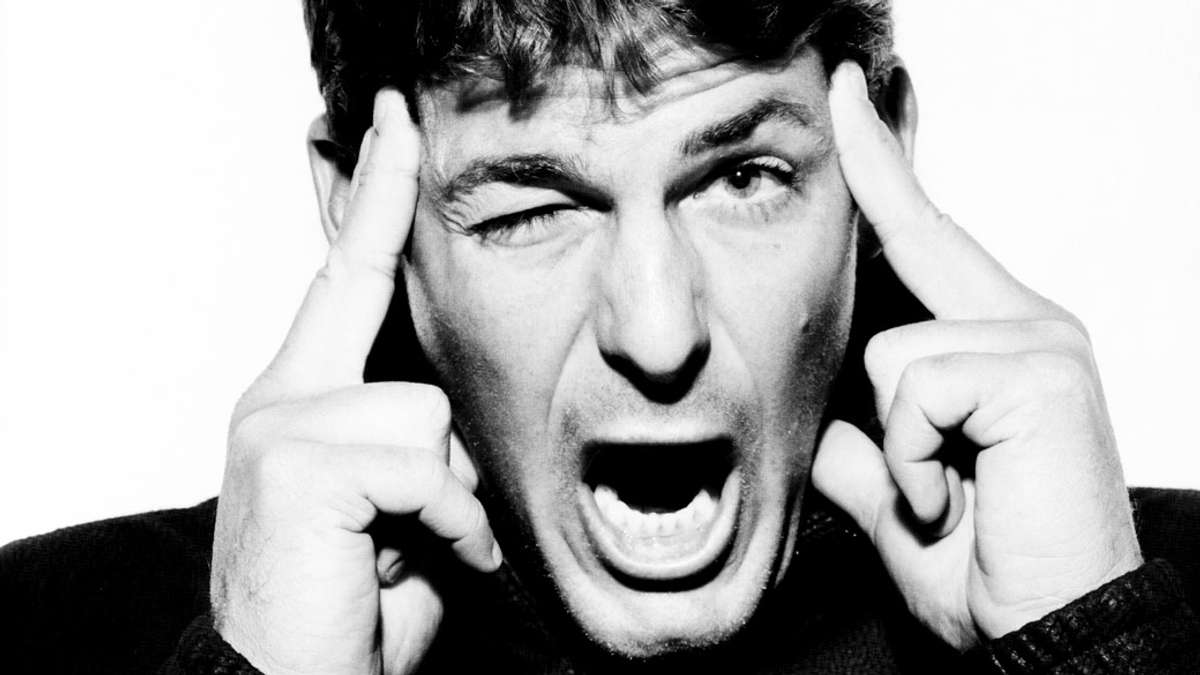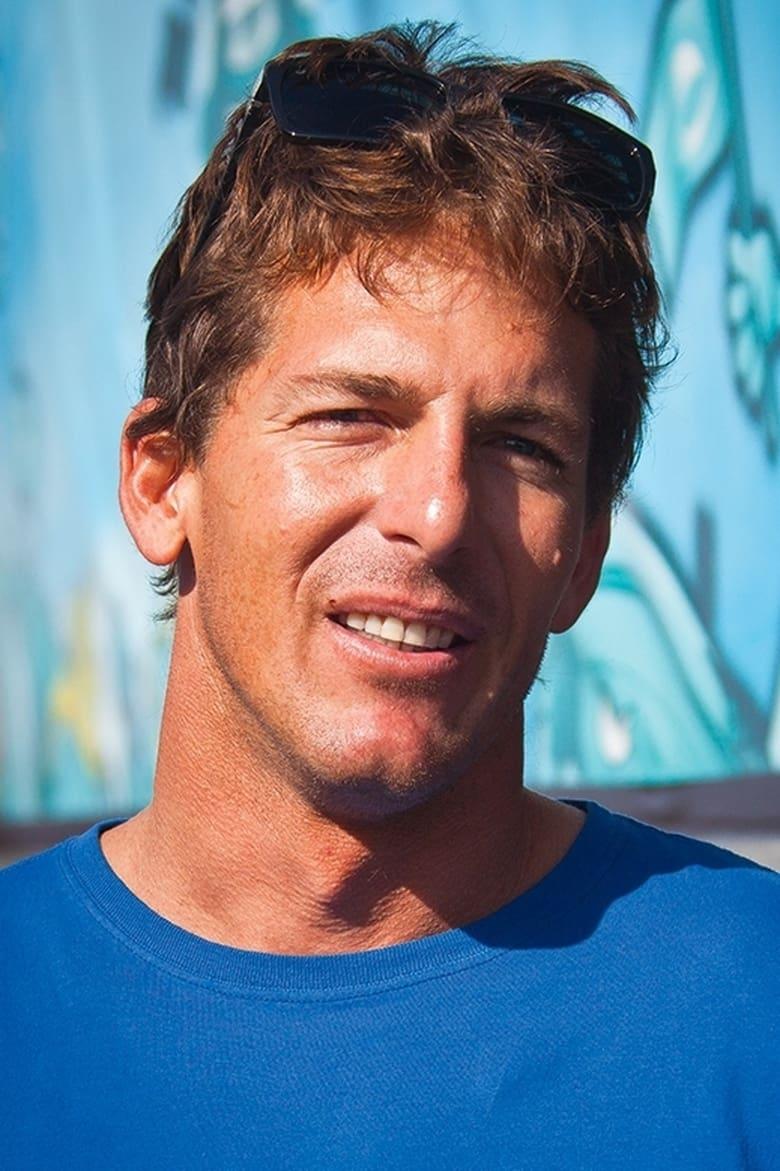Andy Irons, one of the most iconic figures in professional surfing, left an indelible mark on the sport before his untimely death. His legacy continues to inspire surfers worldwide, but the circumstances surrounding his passing remain a topic of discussion and reflection. In this article, we delve deep into the life, career, and tragic death of Andy Irons, exploring how his story continues to resonate within the surfing community and beyond.
Andy Irons' death shocked the surfing world and sent ripples through the global sports community. The suddenness of his passing left many questioning the pressures faced by professional athletes and the importance of mental health awareness in high-stakes environments. As we explore the details of his life and career, we aim to shed light on the challenges he faced and the lessons that can be learned from his story.
This article not only provides an in-depth analysis of Andy Irons' death but also examines the broader implications for athletes and the sports industry. By understanding the factors that contributed to his tragic end, we can work toward creating a healthier and more supportive environment for future generations of athletes.
Read also:Movierulz 18 Adult Everything You Need To Know About Adult Content Streaming
Table of Contents
- Biography of Andy Irons
- Early Life and Background
- Career Highlights and Achievements
- Mental Health Struggles
- Details of Andy Irons Death
- Legacy and Impact on Surfing
- Promoting Health Awareness in Sports
- Community Response and Tributes
- Interviews and Statements
- Future Directions for Athlete Support
Biography of Andy Irons
Early Life and Background
Andy Irons was born on February 24, 1978, in Kailua-Kona, Hawaii. Growing up in a family deeply connected to the ocean, he developed a passion for surfing at a young age. His father, a former surfer himself, introduced him to the sport, nurturing his talent and pushing him to excel. By the time he reached his teenage years, Andy was already making waves in the local surfing community.
Here is a brief overview of Andy Irons' personal details:
| Full Name | Andrew Benjamin Irons |
|---|---|
| Date of Birth | February 24, 1978 |
| Place of Birth | Kailua-Kona, Hawaii |
| Profession | Professional Surfer |
| World Titles | 3-Time World Champion (2002, 2003, 2004) |
Career Highlights and Achievements
Andy Irons' career in professional surfing is nothing short of legendary. He became the first surfer in history to win three consecutive World Titles, cementing his status as one of the greatest surfers of all time. His aggressive style, technical skill, and relentless determination set him apart from his peers. Below are some of his most notable achievements:
- Won the World Surf League (WSL) Championship Tour in 2002, 2003, and 2004.
- Competed in prestigious events such as the Pipeline Masters and the Billabong Pro Teahupoo.
- Set records for the highest single-wave scores in multiple competitions.
Mental Health Struggles
Behind the success and fame, Andy Irons faced significant challenges related to mental health. His battles with depression and substance abuse were well-documented, and he often spoke openly about the struggles he endured. According to experts, the high-pressure environment of professional sports can exacerbate mental health issues, particularly when athletes feel the need to constantly perform at their peak.
Studies show that up to 35% of elite athletes experience mental health problems, with depression and anxiety being the most common. Andy's story highlights the importance of addressing these issues proactively and providing adequate support systems for athletes.
Details of Andy Irons Death
On November 2, 2010, the world was shocked by the news of Andy Irons' death. He was found in his hotel room in Southlake, Texas, where he had been traveling for the Billabong Pipe Masters competition. The official cause of death was determined to be a combination of heart disease and acute drug toxicity, according to the medical examiner's report.
Read also:Exploring The Captivating World Of Ouchi Hisashi Photos
This tragic event underscored the dangers of combining pre-existing health conditions with substance abuse, a risk that many athletes face due to the stress and demands of their careers. The World Surf League (WSL) and other sports organizations have since taken steps to improve mental health resources for athletes.
Timeline of Events
The timeline of Andy Irons' final days reveals the complexity of his situation:
- November 1, 2010: Andy arrived in Texas for the Pipe Masters event.
- November 2, 2010: He was found unresponsive in his hotel room.
- November 3, 2010: The medical examiner released the official cause of death.
Legacy and Impact on Surfing
Andy Irons' legacy extends far beyond his achievements in the water. He inspired countless surfers with his fearless approach to the sport and his willingness to tackle challenges head-on. Even after his death, his influence continues to shape the surfing world, with many young athletes citing him as a major inspiration.
In honor of his contributions, the WSL established the Andy Irons Invitational, an annual competition that celebrates his spirit and legacy. This event serves as a reminder of the importance of mental health awareness and support in the sports community.
Promoting Health Awareness in Sports
The tragic death of Andy Irons brought attention to the need for improved mental health resources in sports. Organizations such as the WSL and the International Olympic Committee (IOC) have since implemented programs aimed at supporting athletes' well-being. These initiatives include:
- Mental health workshops and counseling services.
- Education programs for coaches and support staff.
- Research into the psychological effects of high-pressure environments.
According to a report by the IOC, these efforts have led to a 20% increase in athlete engagement with mental health resources over the past decade.
Community Response and Tributes
The surfing community rallied around Andy Irons' memory in the aftermath of his death, organizing tributes and events to honor his life and legacy. Fans from around the world shared stories of how he inspired them, creating a global movement to celebrate his contributions to the sport.
Local communities in Hawaii and beyond organized memorial surf sessions, while fans created online tributes and social media campaigns to keep his memory alive. These efforts reflect the profound impact Andy had on those who knew him and admired his work.
Interviews and Statements
In the years following Andy Irons' death, numerous interviews and statements have been released by those who knew him best. Family members, friends, and fellow surfers have spoken about his passion for the sport and his struggles with mental health. These firsthand accounts provide valuable insights into the man behind the legend.
One notable statement came from fellow surfer Kelly Slater, who described Andy as "one of the most talented and driven surfers I've ever known." Slater's words underscore the respect and admiration that Andy earned throughout his career.
Future Directions for Athlete Support
As the sports industry continues to evolve, there is a growing emphasis on creating supportive environments for athletes. Organizations like the WSL and IOC are leading the charge, implementing programs that address both physical and mental health needs. Key areas of focus include:
- Expanding access to mental health resources for athletes at all levels.
- Encouraging open discussions about mental health in sports.
- Developing training programs for coaches and support staff.
By prioritizing athlete well-being, these organizations aim to prevent tragedies like Andy Irons' death and ensure that future generations of athletes have the support they need to thrive.
Conclusion
Andy Irons' death was a tragic loss for the surfing world, but his legacy continues to inspire and educate. Through his achievements and struggles, he highlighted the importance of mental health awareness and support in sports. As we reflect on his life and career, we are reminded of the need to create a safer and more supportive environment for athletes.
We encourage readers to share this article and engage in discussions about mental health in sports. By working together, we can honor Andy's memory and contribute to a brighter future for athletes worldwide. For more information on mental health resources, visit trusted websites such as the World Surf League and the International Olympic Committee.



